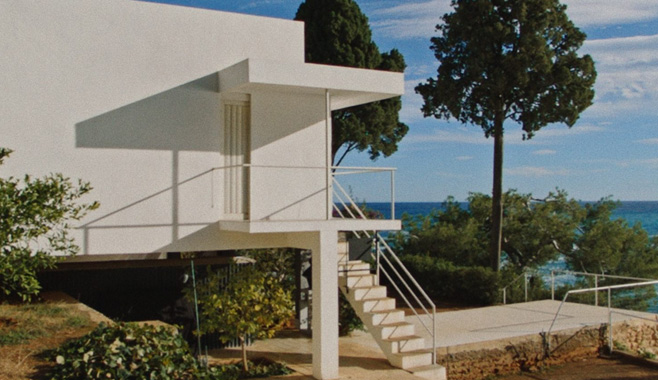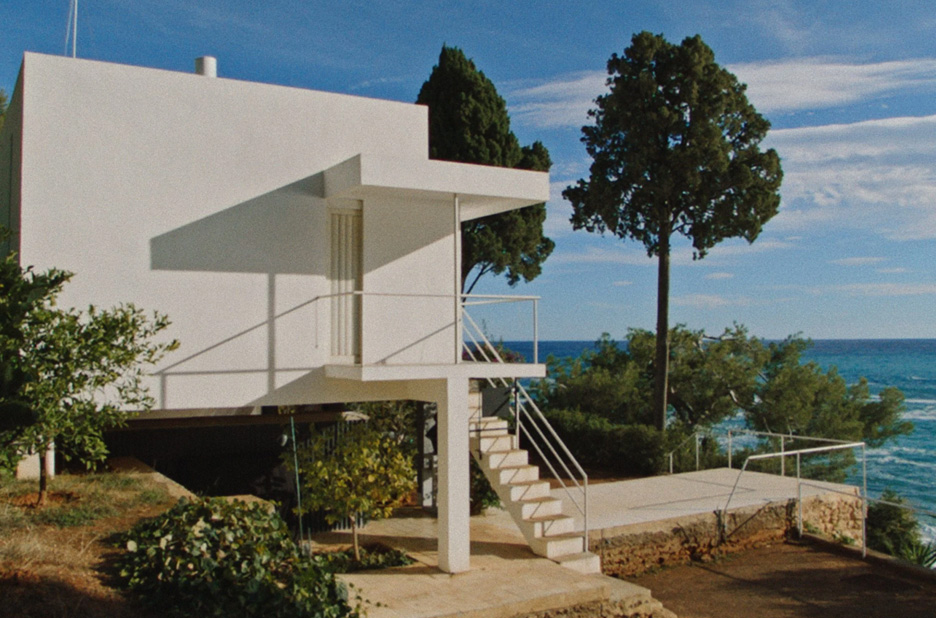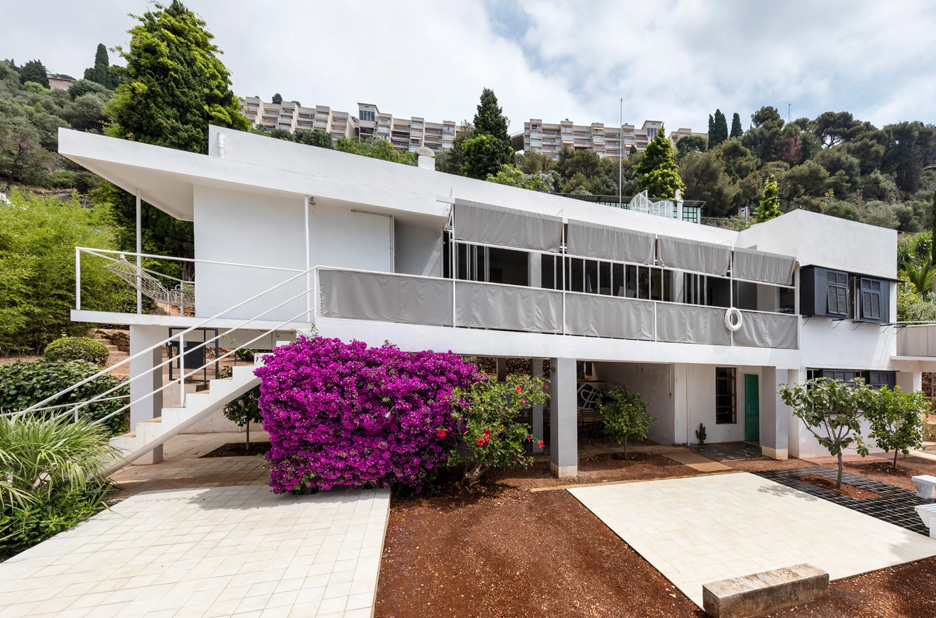Film
E.1027 - Eileen Gray and The House by the Sea (2024)
Beatrice Minger and Christoph Schaub
3/5
On genius and refuge
Gaston Bachelard said that our soul is a house and that by remembering houses and rooms, we learn to live inside ourselves. And this film about Eileen Gray’s masterpiece E.1227 attempts to cinematically demonstrate Bachelard’s assertion that a house is one of the greatest powers of integration for human thoughts, memories and dreams.


The mythology of E.1027 is well known to architects, particularly those that are female, and repeats a familiar pattern. A woman creates a house as a refuge and then generously moves on. Then a narcissistic starchitect has to desecrate the house’s beautiful pristine walls with his inane paintings in order to retain his feelings of superiority in front of a masterpiece that overwhelms him. The woman is Eileen Gray and the man Le Corbusier. The house still to this day contains Le Corbusier’s paintings and we are left wondering what would be more authentic, removing them or not. Are they evidence of abuse and vandalism or simply a continuation of creativity whether we like it or not. The third man in this story is Jean Badovici, architect and journalist and Gray’s lover at the time. He enables Le Corbusier’s narcissism but is also protective of Gray and admires her talent.
The arrogance of Le Corbusier’s desecration is quite shocking, with photographic evidence to support it which is recreated in the film. For the purposes of the narrative the triangular relationship between the characters creates intrigue and interest, but in the larger view, the house is so much more important than Le Corbusier’s male ego and his wilful destruction. Beyond this drama of possession and submission is the feeling of wonder about this house, the sunlit views from its windows, the simplicity and elegance with which it fits into and enhances its stunning location by the sea.

The film features various documentary footage and photography whose diversity is meaningfully incorporated. The most remarkable are perhaps snippets from László Moholy-Nagy’s cinematic journal Architects’ Congress about this amazing event held on a ship that cruised the Mediterranean from Marseille to Athens and then on to the Aegean islands in August 1933. The footage is striking in its silence and stunning black and white photography. You can’t imagine something like this taking place today, the architects would immediately be accused of elitism and of being out of touch. (Isn’t the condition of being an artist synonymous with not being in touch?) But isn’t it wonderful that something like this did take place just a few years before WW2? You see all the greats relaxed, some even pulling faces, Charlotte Perriand, Fernand Léger, Josep Lluís Sert, and inevitably Le Corbusier.
Also fascinating are a few short scenes from Andrew Hodgkinson’s interview of Eileen Grey aged 95 at her Paris apartment. Her singular focus and humility are obvious. At this point E.1027 is in the past for her and she is still busy looking ahead and creating new things.

After years of neglect E.1027 is now owned by the public agency Conservatoire du littoral and it has opened to the public in 2021 after extensive renovations. If anything this film is a beautiful advertising campaign to go and see it.
The spirituality intended in this documentary is often lost in slow blandly enacted scenes inside various spaces. Natalie Radmall-Quirke playing Gray is quite weak. Eileen Gray’s interesting biography is very much skimmed over to get to the point of time when she designed E.1027 between 1926 and 1929. In addition the docufiction approach makes the characters appear like two-dimensional mannequins, but the benefit of it is that it lets them inhabit a space and consequently makes the viewer consider how we should design and inhabit a space. The two last scenes confirm this: a long shot of Gray on the terrace of the house surrounded by a beautifully angled view of the house and the sea. And the inventive credits section, with the three main characters dancing in their fixed positions, humorously underlining that they are just actors occupying the space of their characters. The documentary’s most interesting achievement is making the viewer think about all the things that are not in the film.

Eileen Gray was an enormously talented designer and architect and this film celebrates this and juxtaposes it with Le Corbusier and his celebrity. More importantly perhaps, the soul of the film is about the big architectural conundrum of what is a house and what should it be for its temporary custodians and those of us looking in from the outside. I left the screening room thinking that perhaps we should all try to appreciate our surroundings with a bit more humility and wonder, but equally with a more demanding spirit.